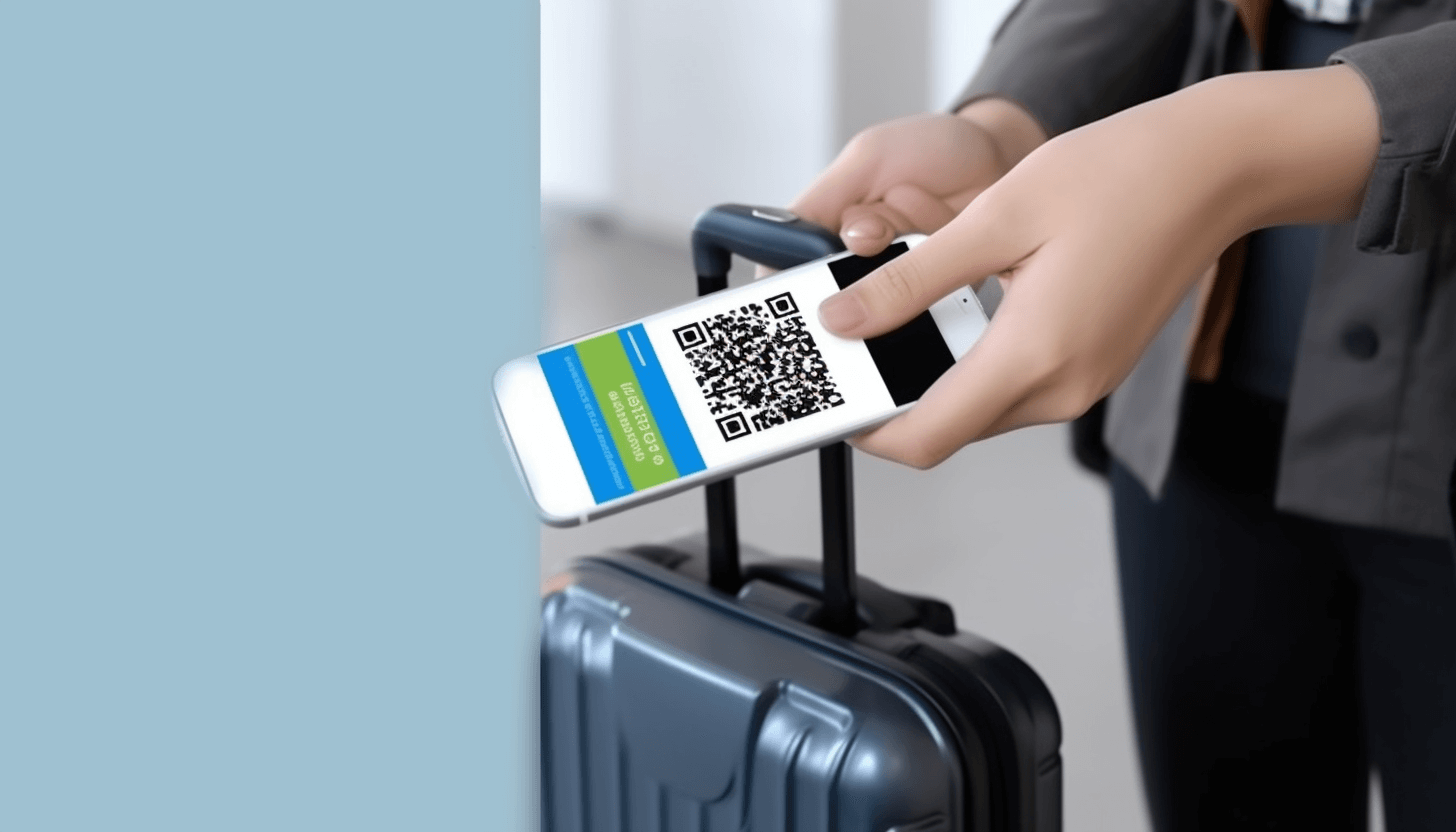Converting a file or link to QR code: Statistics on QR technology use in 2022. Part 2: Europe
It is logical to talk about the popularity of QR codes in Europe today. But until some time ago, the number of codes and their scans was hardly above zero. From 2019 to 2022, various studies showed the opposite result. Users have begun extensively using QR technology and actively adding a file or URL to QR code.
Let's discover how the opinions and preferences of users in Europe have changed regarding the significance of QR codes. Statistical data for individual countries demonstrate the role of QR codes for a modern European.
Statistics on the use of QR codes in Europe
 Until 2019, only 5% of Europeans used QR codes while shopping, according to Statista. A higher rate was demonstrated by residents of Germany, where 9% of users have installed a QR scanner application on their smartphones.
Until 2019, only 5% of Europeans used QR codes while shopping, according to Statista. A higher rate was demonstrated by residents of Germany, where 9% of users have installed a QR scanner application on their smartphones.
As of 2020, the data have changed significantly. According to MobileIron statistics, more than 54% of those surveyed have used QR codes regularly. Among them, 67% of respondents agreed that QR technology significantly simplifies their lives. This survey was conducted among citizens of Germany, Holland, Great Britain, France, and Spain.
There are plenty of similar studies of user behavior in Europe. They all demonstrate a significant increase in interest in QR technology in the past few years. This means that Europeans have begun to take advantage of QR technology and convert a link, presentation, business card, and PDF to QR code.
Adding a file or link to QR code: Most popular QR technology applications in Europe
Converting a PDF to QR code for a driving license
Drivers in Denmark always have an electronic driver's license at hand. They don't have to carry hard copies of documents and worry about fines for not having them.
Thanks to adding QR codes to electronic driver's licenses, police officers can check documents for authenticity. To do this, they simply need to scan the QR code on the virtual driver's license.
Adding medical certificates to QR codes for border control service
 Ireland is one of the countries showing significantly increased attention to QR technology. In the last quarter of 2019, the number of interactive code scans exceeded 1 million. Thus, creating and scanning QR codes has become a common practice for the Irish.
Ireland is one of the countries showing significantly increased attention to QR technology. In the last quarter of 2019, the number of interactive code scans exceeded 1 million. Thus, creating and scanning QR codes has become a common practice for the Irish.
Due to the global pandemic, the Irish authorities have created a special passport for immigrants. Upon arrival in the country, each person must fill out an electronic form, and after receiving a unique QR code, it must be shown at the border control. The analytics of QR code scans shows that most migrants use this tool.
Turning a URL to QR code for use on product packages
Norway is actively using QR technology to inform customers about the quality of the products sold. Buyers do not need to request additional documents from sellers or make official requests to specialized authorities. Instead, they simply scan the code on the packaging or product label to read the information on the official website of the brand.
For example, the Norwegian Seafood Association collects the necessary data on fish products. You need to scan the QR code on the product packaging to find out detailed information about its origin, storage, and expiration dates.
Adding documents to QR codes for voting
 Estonia has developed an online voting system. For this, the i-Voting program was created. A QR code acts as an identifier analog for a voter, simplifying the process of expressing will. Thanks to this code, citizens can also ensure their vote has been counted.
Estonia has developed an online voting system. For this, the i-Voting program was created. A QR code acts as an identifier analog for a voter, simplifying the process of expressing will. Thanks to this code, citizens can also ensure their vote has been counted.
If you are interested in learning more about the statistics on QR technology use in America, check out our previous article. In the following publications, we will consider the experience of using QR codes in Asia, Africa, and Australia. The latest data shows that users worldwide widely apply technology and use it to convert a file or link to QR code.
